Wearables to remain fossilised.
- Google has purchased the right to use and disseminate core IP from Fossil for $40m (stoking rumours of a Pixel Watch) but I can’t see anything that Fossil has that will allow Google to close the gap on Apple.
- Smartwatches are the most important sub-segment of the endlessly disappointing wearables segment where Apple clearly leads the pack.
- This is because Apple has done a good job of integrating a series of nice-to-have functions into a device that works extremely well and makes a good companion device for an iPhone.
- Apple Watch 4 is the first version that is triggering a round of upgrades from Apple Watch 1 as the ECG function and the larger screen are enough of an enhancement to entice Apple fans to once again dig for their wallets.
- Against this backdrop, the rest of the smartwatch industry has really struggled as Android Wear fails to deliver a compelling user experience, resulting in the device quickly ending up forgotten in a desk drawer.
- Fossil and Tag Heuer both have innovative offerings:
- Fossil offers hybrid watches that look like regular watches and have some smart functionality.
- Tag Heuer seels smartwatches where the guts of the smartwatch can be replaced with a new one or a regular mechanism.
- Fossil has been quick to stress that the IP that Google has paid $40m for is not in the market but currently under development.
- This means that Google is not about to start making a Pixel Hybrid smartwatch but will be aiming to delight prospective buyers with something else.
- Sadly, I do not think that Fossil has the kind of technology that could make a Pixel Watch a must-have.
- This is because what I am looking for to set this segment on fire is medical grade health monitoring.
- The two biggest targets for this are blood pressure and blood glucose which represent two of the biggest health problems in the developed world today.
- Furthermore, both require constant monitoring which is invasive and unpleasant today and can be fairly easily treated with lifestyle changes
- Hence, I have long believed that non-invasive monitoring of these two characteristics could trigger a wide-ranging take-up of wearable devices.
- This could create a user base already engaged with a product into which more innovation could be delivered.
- This is exactly what happened with the iPhone where everyone bought it because of its cool user interface creating a big enough user pool for developers to be incentivised to experiment and innovate.
- I don’t think that Fossil has created a technology anything like this and so I suspect that Google will come out with some cool gimmick, the novelty of which will wear off after a short period.
- Hence, this is not going to kick-start a mass adoption cycle and so 2019 looks set to be another disappointing year of Apple Watch doing reasonably and not much more.
- Hence, I would continue to steer clear of this segment until there is a real reason to get involved which will be before H2 2019 at the earliest.



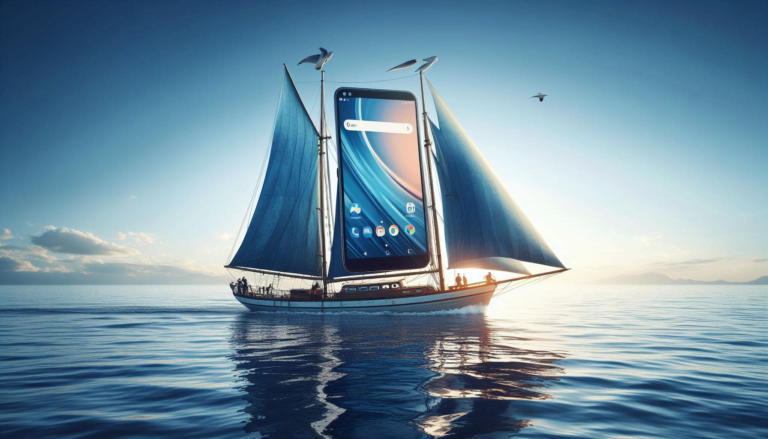
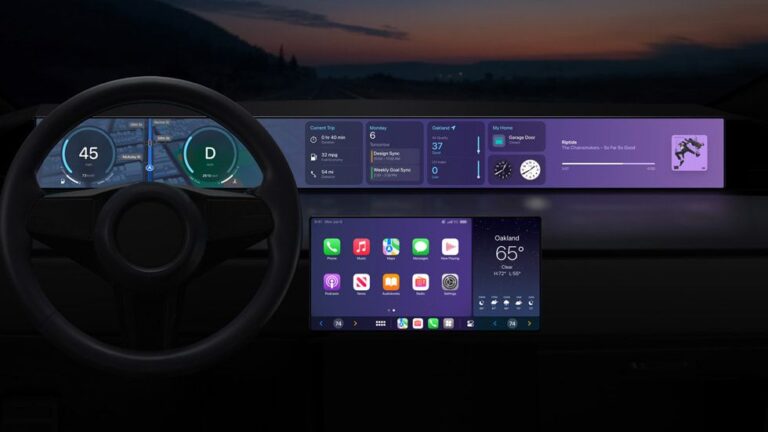


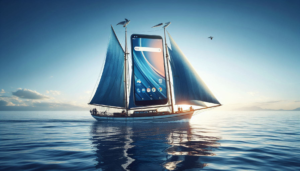
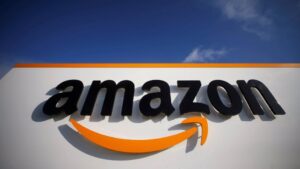
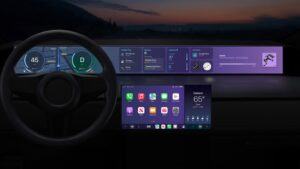
Blog Comments
Tim Nash
January 22, 2019 at 12:55 am
‘another disappointing year of Apple Watch doing reasonably and not much more.’
The next stage for Apple health monitoring could be new AirPods with sensors, and that upgrade looks possible for 2019. That may help with ECG readings but accepting monitoring any other conditions as medical grade will take time. However any new studies of conditions that may benefit will help drive sales of Apple Watch/ AirPods.